Hybrid cucumber "Dirigent" from Dutch breeders
Cucumbers are vegetables, without which not a single feast is complete. Cucumbers are popular not only for their excellent taste, but also for their high content of nutrients. These vegetables have been cultivated and cultivated for several millennia, gradually improving their properties and taste.
Napoleon promised a decent reward to those who will be able to keep the freshness of cucumbers during long military campaigns, and for the ancient Roman politician Tiberius Gracchus, the first greenhouses were built, since he wanted to consume fresh vegetables all year round.
Selection does not stand still and continues to replenish the register with new ones varieties... Today we will tell you in detail about the early maturing hybrid Dirigent f1, famous for its high yields and delicious fruits.
The content of the article
Description of the variety
Cucumber Dirigent is the development of Dutch breeders. The culture was recently bred, belongs to the first generation (f1) hybrids and is in high demand among many gardeners.
Reference. The f1 hybrid is the first offspring resulting from the crossing of genetically heterogeneous parental varieties.
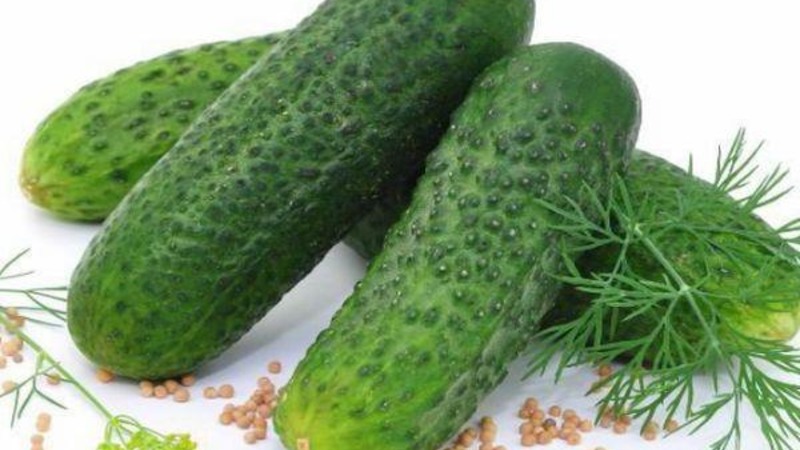
Composition, benefits, calories
Cucumbers are superior to many other vegetables. They note the content of vitamins A, B1, B2, B9 (folic acid) and vitamin C necessary for the healthy development of the human body.
In addition to vitamins, vegetables contain trace elements: iron, phosphorus, potassium, zinc, iodine, silver. The peel contains a lot of fiber, which improves intestinal motility.
The low calorie content (14-15 kcal per 100 g) allows these vegetables to be used for diets.
Interesting. For a long time, cucumbers have been used in cosmetology - they whiten the skin, clean the pores, and eliminate bags under the eyes. Initially, vegetables were used at home, and then became widely known in cosmetology clinics. Cucumber masks and lotions are indispensable to this day.
Plant characteristics
The plant type is indeterminate, as a result of the constant growth of the bush, a higher yield can be obtained. Pollination does not require, fruiting begins 40-45 days after sowing the seeds.
The branchiness of the bush is average, the leaves are dark green, small, the flowering is female.
Differs in increased resistance to dangerous diseases of the pumpkin family, such as powdery mildew, cucumber mosaic virus and brown spot. It adapts well to hot climates.
Productivity is high - from 1 sq. m, 4-7 kg of fruits are harvested, subject to planting 3-5 seedlings per 1 sq. m.
Characteristics and photos of fruits
Fruit length - up to 10 cm, elongated cylindrical shape, dark green color. The tuberosity is not very pronounced, the peel is dense. Average weight - 65-80 g, excellent taste, juicy and crunchy fruits, without bitterness. The seeds are small, the seed chamber is small.
Ideal for fresh consumption and preservation. Thanks to the strong peel that can withstand any heat treatments, cucumbers retain their attractive appearance and unique taste in jars for a long time.
Ripe vegetables withstand long distance transportation, keeping the presentation.
We grow a hybrid ourselves
The culture is interesting in that it can be grown in two ways: seedling and direct planting in the ground.
Sowing seeds in the ground
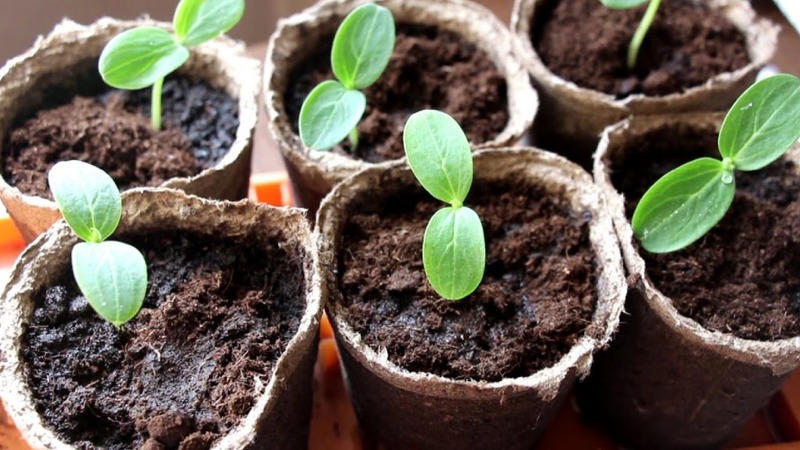
Seeds are sown on the beds when the soil warms up to + 18 ... 19 ° C. Before sowing, pre-made holes are fertilized with peat or humus. Mulching the beds will attract worms that will loosen the soil. This improves its breathability, and oxygen is necessary for the full development of plants. In addition, mulch helps the beds stay moist longer.
Seeds are sown to a depth of 1 cm, nose up... This planting method will speed up the seed germination process. After sowing, the bed is covered with a non-woven material and sprayed over the shelter with warm water from a spray bottle. When seedlings appear, the covering material is removed.
Planting seeds for seedlings
Sowing seeds for seedlings begins 20-25 days before transplanting to a permanent place. Seed material cannot be collected independently, since hybrid crops do not retain parental properties in future generations. Therefore, they are bought every season. The producer processes the seed himself, so he does not need additional preparation for planting.
Sowing containers are only suitable for individual ones... The root system of cucumbers is vulnerable and it is difficult to tolerate picking and replanting to a permanent place. Therefore, they choose peat pots or sow in eggshells. When planting seeds in these containers, subsequent transplanting into the ground is not required, since both peat and eggshell dissolve in the ground on their own without harm to the roots.
The soil is prepared from garden soil mixed with peat. The finished mixture is spilled with a hot solution of dark potassium permanganate or steamed in the oven for 15 minutes at a temperature of +50 ° C.
The seeds are sown to a depth of 1 cm. After sowing, the soil is slightly compacted and moistened with warm, settled water from a spray bottle. Then covered with foil to simulate greenhouse conditions and left in a bright room at a temperature of +22 ° C.
When seedlings appear, the film is removed. Water as the top layer of soil dries out from a shallow watering can. After watering, the ground is gently loosened.
Reference. Cucumbers are moisture-loving plants, but you shouldn't flood them. Excess moisture threatens with decay.
Two weeks after germination, the first top dressing mineral fertilizers.
The seedlings are ready for transplanting into the ground as soon as at least three true leaves are formed.
Transplantation and follow-up care of cucumbers Dirigent
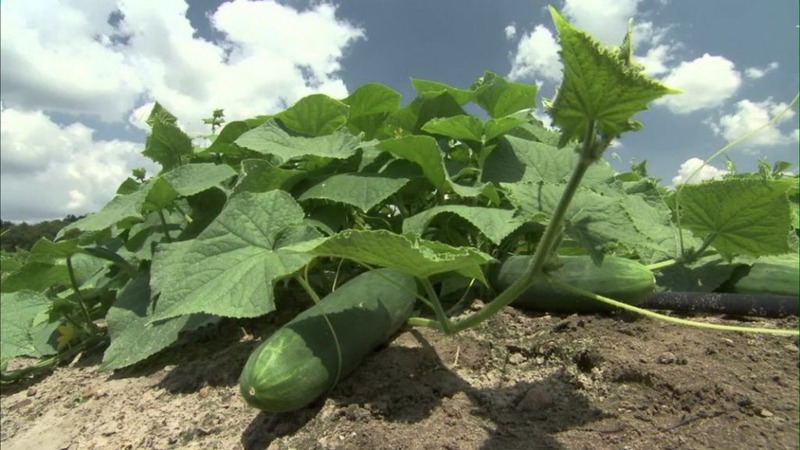
The wells are prepared in advance, filling one third with humus. The distance between them is at least 30 cm. After planting, the hole is covered with loose soil, watered and mulched.
Landing in the ground is carried out in the evening, when the sun is not very hot. So the seedlings will sooner root in a new place.
Water in moderation, in the evening or early morning. On dry days, watering is carried out daily. Under more favorable weather conditions, it is enough to water once every 2 days. Water at the root, without falling on the leaves.
After watering, the soil is loosened and weeds with roots are removed so that it does not interfere with the full growth and development of seedlings.
Two weeks after the transplant, a second feeding is carried out. Fertilized with organic matter: mullein infusion in a ratio of 1:15. If the seedlings do not grow well, they are fed again with a full range of minerals before flowering. During the period of ovary formation, the culture is fed twice, alternating the introduction of organic matter with minerals.
Potassium-phosphorus compounds, created specifically for cucumbers, can also be added to top dressing.
Features of cultivation and possible difficulties
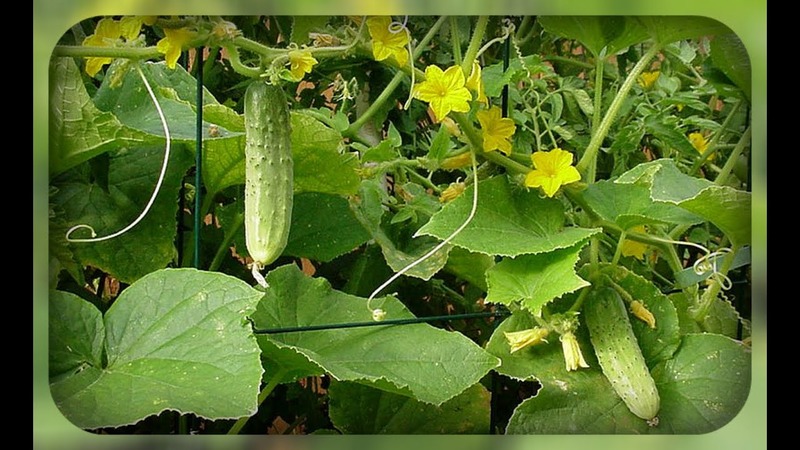
The formation of plants is carried out to increase the quantitative indicator. Here it is necessary to clarify that the Dirigent hybrid can be grown without forming, if there is no interest in increased productivity. In this case, the installation of a trellis is not needed: the plants will spread themselves along the ground.It is only necessary to mulch the beds in order to protect the seedlings from pests and prevent the leaves from contacting the ground.
For the formation, a trellis is installed, to which the seedlings are tied up a week after transplanting into the ground. As soon as the top reaches the level of the wire, it is pinched, leaving no more than three leaves on the stem. Lateral shoots are poorly developed, so they do not interfere with the full development of the plant.
Reference. To make the trellis, you will need two supports made of metal or wood, which are placed along the edges of the garden. Twine or wire is pulled horizontally between the supports. The optimal distance between the taut rows is 30 cm.
Diseases and pests
According to the description and reviews of gardeners, Dirigent cucumbers are resistant to major diseases and are practically not affected by them if preventive measures are taken. Observing a moderate and timely mode of ventilation of closed structures, watering, loosening, mulching, you can not worry about the damage to plants by viral and fungal infections.
Another important stage in the full and healthy development of cucumbers is compliance with the rules of crop rotation. It is not recommended to plant cucumbers in the place where pumpkin, melon and zucchini previously grew. Legumes, corn, garlic, and dill are good neighbors for cucumbers.
Reference. Subject to the rules of crop rotation, a rich harvest is guaranteed. The rules are based on the rational use of the land and the enrichment of the soil with useful substances in a natural way.
Of the pests, whiteflies and aphids can bring troubles. In case of a large accumulation of insects, insecticides are used - for example, the drug "Inta-Vir" or "Aktara". Traditional methods are no less effective: soap solution and infusion of onion peels. Both the stem and the leaves of the seedlings are treated with any of these agents.
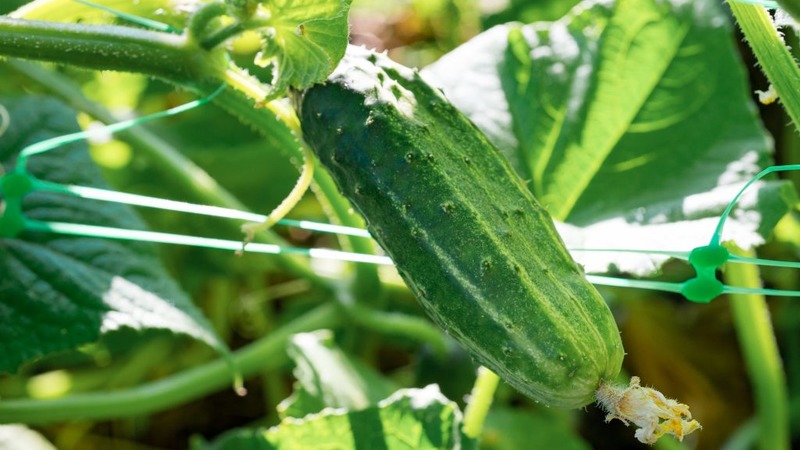
Harvesting and application of the crop
Since the seedlings are not thickened, but, on the contrary, are open, harvesting is not difficult. And since the fruit is constantly forming, you will be harvesting within a few weeks.
Fruits with impeccable taste and shape are an excellent addition to any dish. Also, cucumbers are ideal for salting, marinades and conservation.
Vegetables retain their presentation for 2-3 weeks, which makes it possible to successfully sell them on sales markets in any region.
Reference. Growing cucumbers for sale is an affordable and profitable business. Among all greenhouse crops, cucumbers are the most unpretentious and are always in demand.
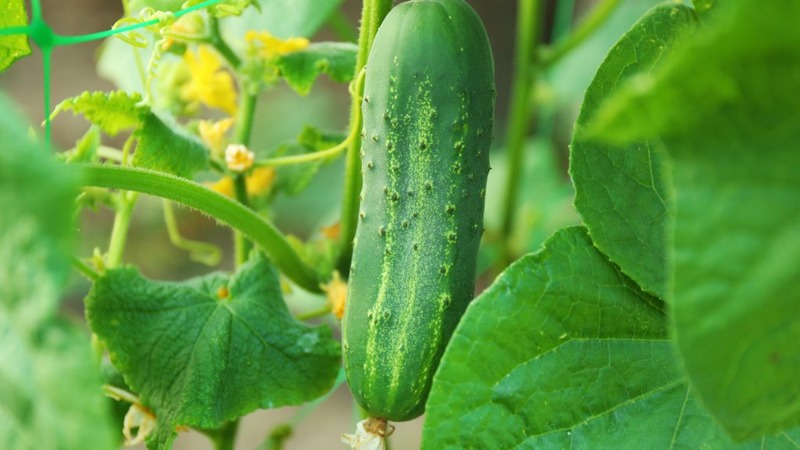
Advantages and disadvantages of a hybrid
Among the pluses of culture:
- the ability to grow fruits with seedlings and seeds;
- unpretentious care;
- early ripening;
- optional shaping and garter;
- adaptability to hot climates;
- high yield rate;
- resistance to major diseases;
- great fruit taste;
- safety of the presentation;
- long-term transportation;
- universal application.
The disadvantages of culture include the impossibility of self-selection of seeds.
Reviews
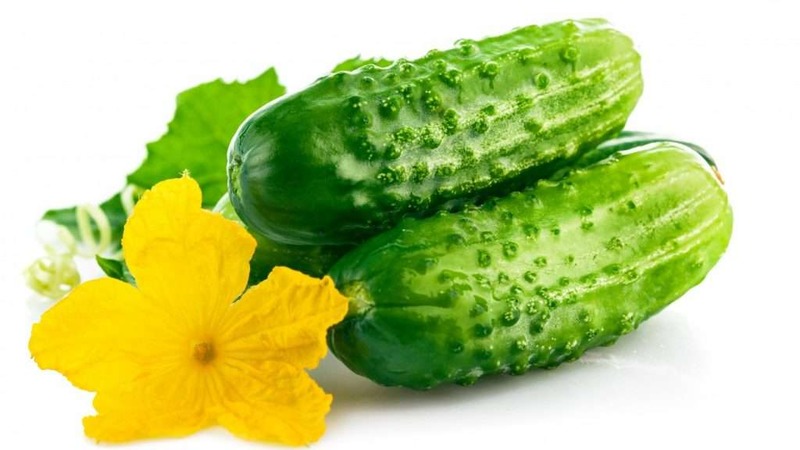
Leaving reviews about the culture, farmers first of all note the ability of the Dirigent to bear fruit even in an unfavorable year.
Oksana, Kostroma: «The cucumbers are crispy and without voids. Equally tasty both in canned food and in fresh dishes. It is also pleasing that the bushes do not get sick, the greens are beautiful and juicy even in the scorching sun. Fruiting is excellent, and care is easy. "
Vladimir, Krasnodar: “It's hot here in April, so I plant the cucumbers right in the ground without covering material. I water it every day, so my fruits are always juicy, crispy and with a delicate skin. I grow not only for myself, but also for sale, it is important for me to get an early and bountiful harvest. The director does an excellent job with these tasks. So far, I don't see an alternative to him. "
Conclusion
Cucumbers Dirigent f1 deservedly take pride of place in summer cottages.The hybrid is not picky about care, has a high yield, strong immunity and easily adapts to heat.
The palatability of the fruit is at a high level, which makes it possible to use ripe vegetables for preparing a variety of dishes.